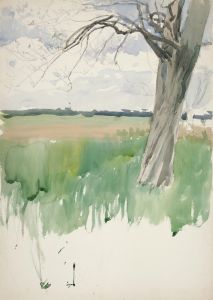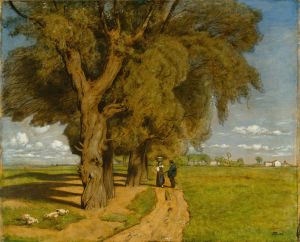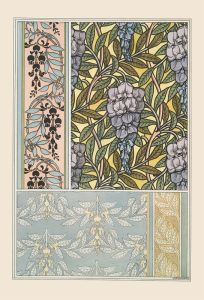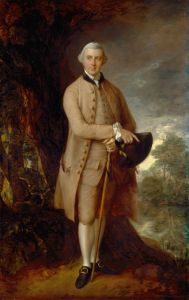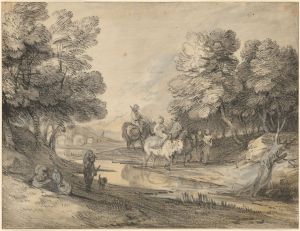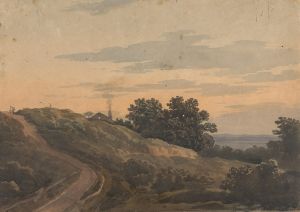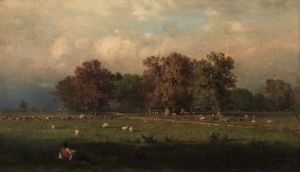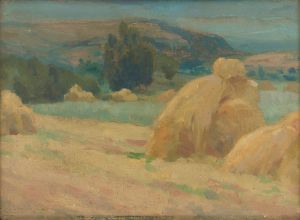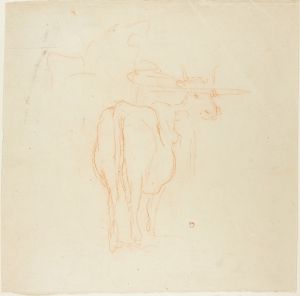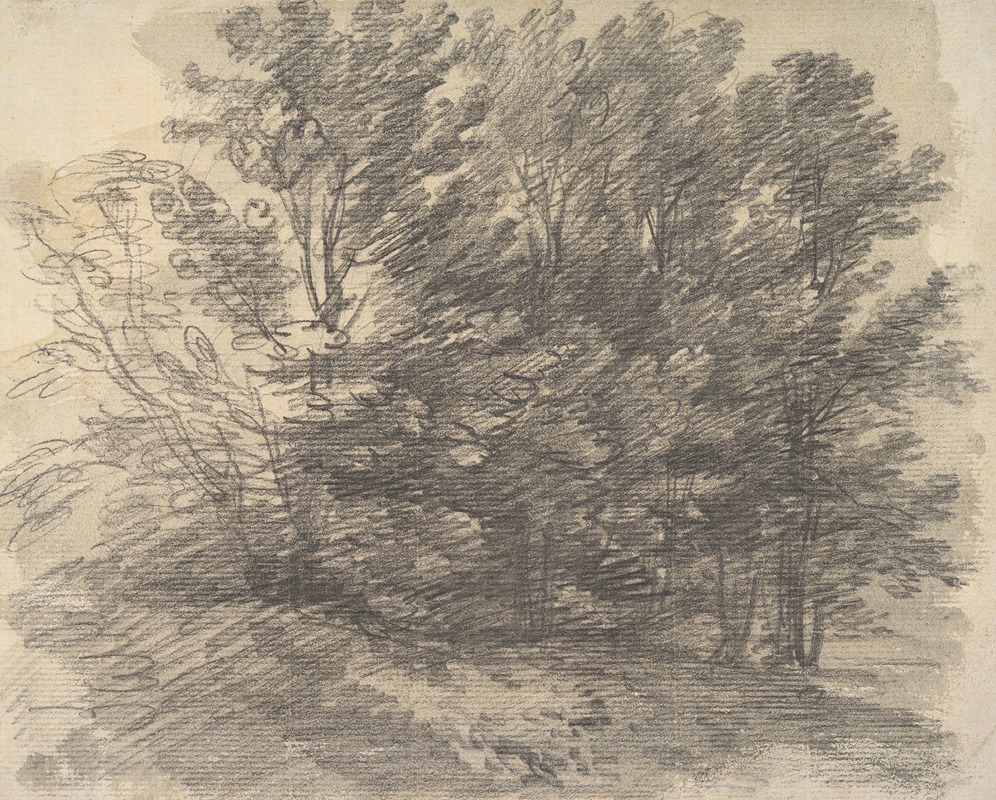
A Clump of Trees
A hand-painted replica of Thomas Gainsborough’s masterpiece A Clump of Trees, meticulously crafted by professional artists to capture the true essence of the original. Each piece is created with museum-quality canvas and rare mineral pigments, carefully painted by experienced artists with delicate brushstrokes and rich, layered colors to perfectly recreate the texture of the original artwork. Unlike machine-printed reproductions, this hand-painted version brings the painting to life, infused with the artist’s emotions and skill in every stroke. Whether for personal collection or home decoration, it instantly elevates the artistic atmosphere of any space.
Thomas Gainsborough's "A Clump of Trees" is a notable example of the artist's landscape painting, reflecting his deep appreciation for the natural world and his innovative approach to capturing it on canvas. Gainsborough, an eminent 18th-century British painter, is renowned for his portraits and landscapes, and "A Clump of Trees" exemplifies his skill in the latter genre.
Gainsborough was born in 1727 in Sudbury, Suffolk, and developed an early interest in painting and drawing. He moved to London to study art and later returned to the countryside, where he found inspiration in the rural landscapes of England. His landscapes were often characterized by their loose brushwork, atmospheric effects, and a sense of movement, which distinguished his work from that of his contemporaries.
"A Clump of Trees" is believed to have been painted in the late 18th century, during a period when Gainsborough was increasingly focused on landscape painting. The work features a small group of trees, depicted with a naturalistic yet romantic sensibility. Gainsborough's use of light and shadow, combined with his fluid brushstrokes, creates a dynamic composition that captures the essence of the English countryside.
The painting demonstrates Gainsborough's ability to convey mood and atmosphere through his landscapes. He often painted en plein air, or outdoors, which allowed him to observe the changing effects of light and weather firsthand. This practice is evident in "A Clump of Trees," where the interplay of light and shadow suggests a specific time of day and weather conditions, adding depth and realism to the scene.
Gainsborough's landscapes were not mere representations of nature but were imbued with a sense of emotion and personal expression. He often rearranged elements of the landscape to suit his artistic vision, creating idealized scenes that conveyed a sense of harmony and tranquility. "A Clump of Trees" reflects this approach, as the composition is carefully balanced, with the trees serving as a focal point that draws the viewer's eye.
The painting is also notable for its use of color. Gainsborough employed a palette of earthy tones, with greens, browns, and blues dominating the scene. These colors are applied with a light touch, allowing the texture of the canvas to show through and adding to the painting's sense of immediacy and spontaneity.
Gainsborough's landscapes, including "A Clump of Trees," were influential in the development of the British landscape tradition. His work paved the way for later artists, such as John Constable and J.M.W. Turner, who further explored the possibilities of landscape painting. Gainsborough's ability to capture the beauty and complexity of nature continues to be celebrated, and his landscapes remain an important part of his artistic legacy.
While "A Clump of Trees" may not be as widely recognized as some of Gainsborough's other works, it remains a testament to his skill as a landscape painter and his enduring influence on the genre. The painting exemplifies his ability to blend observation with imagination, creating scenes that resonate with viewers and capture the timeless beauty of the natural world.





